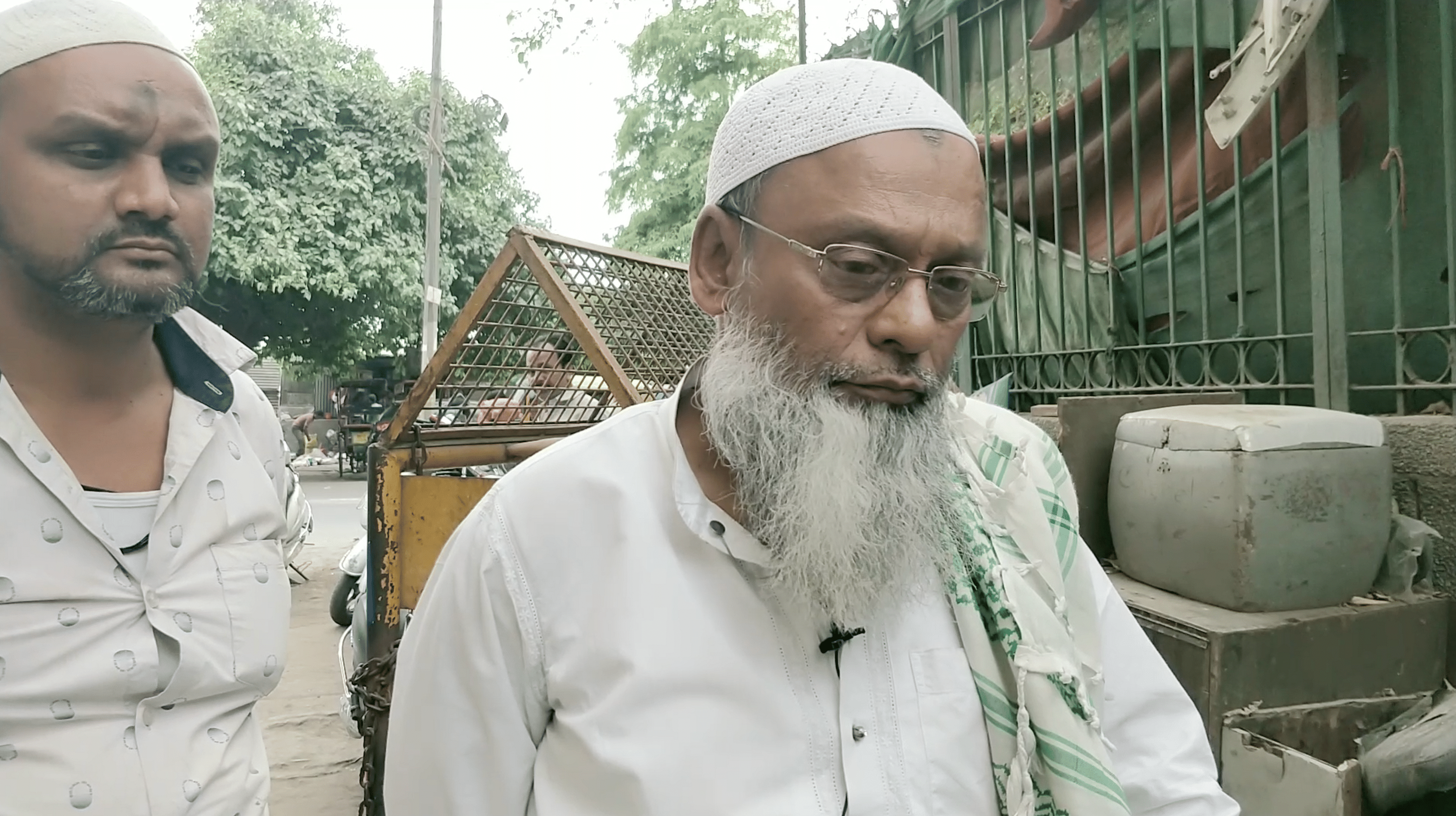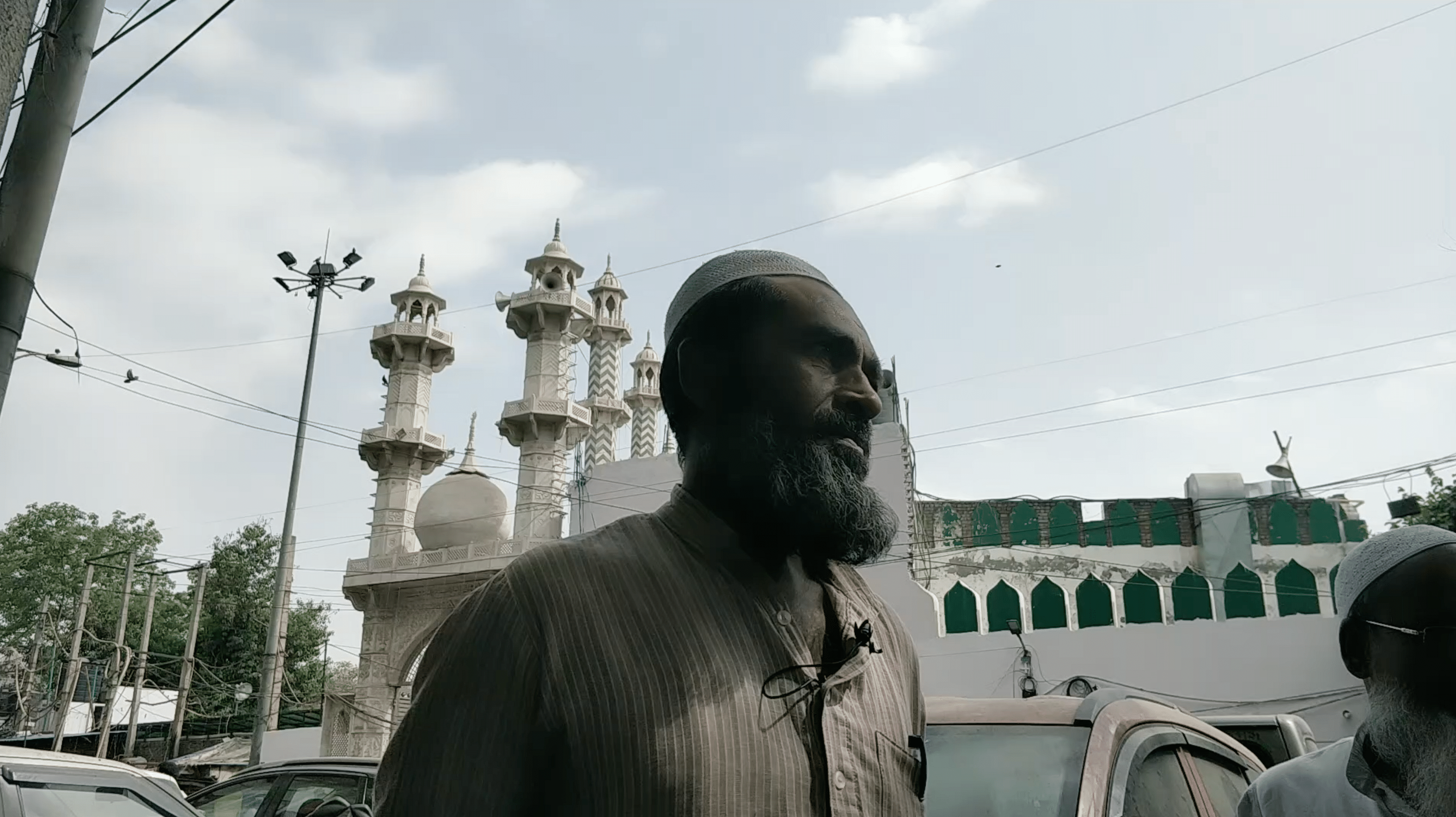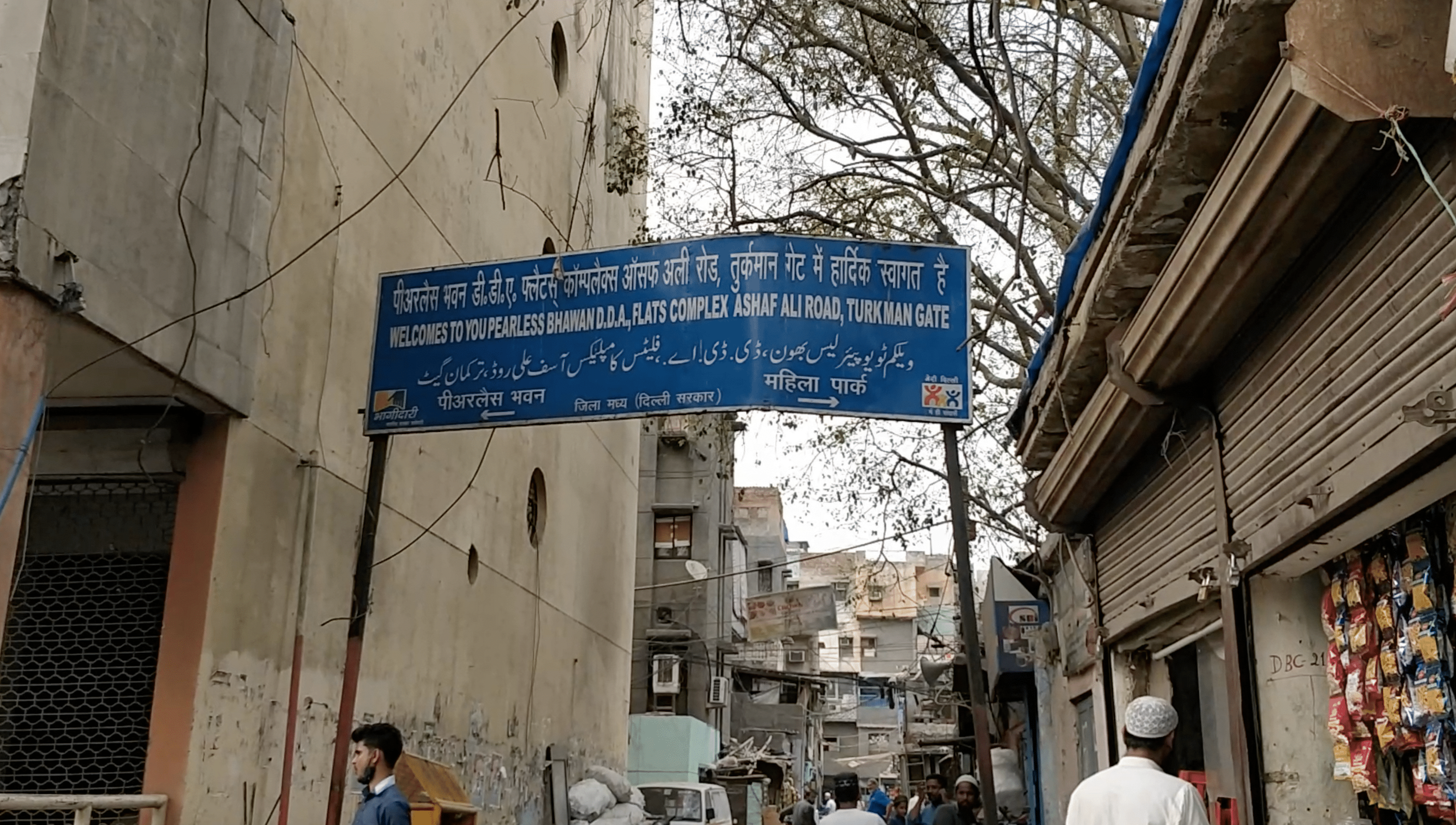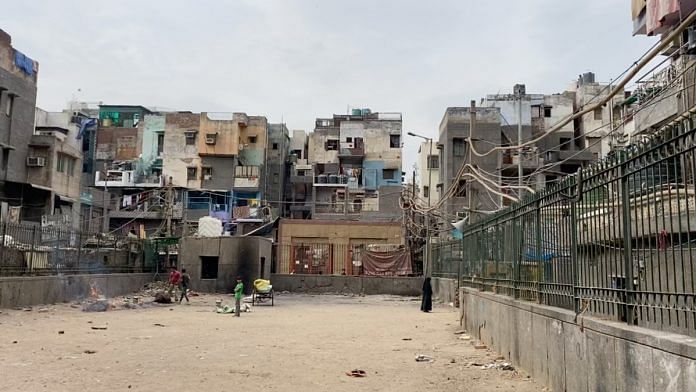New Delhi: As 62-year-old Mohammed Suhalin watched visuals of a bulldozer tearing down shops and parts of houses in Delhi’s Jahangirpuri on his television screen, a chill went down his spine. The piles of debris were a familiar sight from 1976, when Suhalin, then 16, saw bulldozers for the first time as they reduced houses and shops in old Delhi’s Turkman Gate area to rubble, leaving his family homeless.
It was a Tuesday, a day he would never forget, Suhalin recalled. “Everyone had gathered near the masjid and they had barricaded the entire area,” he said, adding that he hid inside the mosque out of fear.
On 19 April 1976, on the orders of the Congress government led by Indira Gandhi — reportedly at the insistence of her son Sanjay Gandhi — the Delhi Development Authority (DDA), headed then by Jagmohan (later, governor of Jammu & Kashmir), took out a demolition drive at Turkman Gate. The authorities razed most of the buildings, including houses, to the ground.
The demolitions started at around 11 pm, and continued through the night. To protest against the bulldozers, many ran to protect their homes and possessions, and in retaliation, the police opened fire.
Even though the circumstances are different, to Suhalin, the scenes are eerily familiar. His eyes are still fixed on the TV screen, watching the demolition drive at Jahangirpuri, which was conducted by the North Delhi Municipal Corporation Wednesday, four days after the locality saw communal violence during a Hanuman Jayanti procession.
“Woh aur yeh vaala nazara ek jaise hi laga (That visual and this one felt the same). I felt the same fear. Our ancestors will never forget 1946, we will never forget 1976, and this generation will never forget April 2022,” Suhalin told ThePrint.

People were almost run over by the demolition squads and even fired at by the police. Many were then relocated to areas such as Nand Nagri and Trilokpuri, where they lived in makeshift tents and tin sheds, for nearly five years.
While the official death toll was six, according to independent reports, the number was much higher.
During the time of Emergency, the Turkman Gate area was also a site where forced sterilisations were conducted. The gate was built by Mughal emperor Shah Jahan in the 17th century. It was named after Sufi saint Shah Turkman Bayaban, whose shrine is still there.
Khalid Ahmed Malik, who was only 10 years old at the time of the 1976 demolition, remembered how afterwards, the area was reduced to a plot of barren land. A daily wage worker now, he claimed no prior notice was given to them, and everyone thought that only a few shops and makeshift homes in the front would be pulled down.
“Little did we know that the entire area would be brought to the ground. This place became unliveable. Everyone had to move out of here with nothing. People’s entire earnings and homes were gone,” added Malik, who returned to live in the Turkman Gate area a few years ago.

According to a report in The Week, Delhi saw the demolition of 1,800 structures between 1973 and 1975, and of over 1.5 lakh structures between June 1975 and March 1977, during which period an estimated seven lakh people were also displaced.
The Shah Commission, formed by the government in 1977 to look into excesses committed during the Emergency, had received complaints that the Turkman demolitions were not done according to the due process of law.
Moreover, a two-member fact-finding committee of R.C. Jain and D.K. Agarwal had found that Indira Gandhi ignored all complaints she received on excesses by the authorities during the demolitions. It also found that such drives were often politically motivated. The panel held Sanjay Gandhi responsible for a large number of the illegal demolitions.
According to John Dayal and Ajoy Bose’s book ‘For Reasons of State: Delhi Under the Emergency’, policemen even entered the mosque at Turkman Gate and started beating up the people hiding there.
Also Read: Bulldozers go after ‘illegal encroachments’ from MP to Delhi, but the law requires a notice
‘He died in my arms’
Razia Begum, who was 26 at the time, lost her younger brother, Mohammed Zahiruddin, when the police opened fire at Turkman Gate in 1976. Zahiruddin was looking for her and his other sisters as the bulldozers moved in, and was running between houses when the police opened fire and a bullet allegedly hit him.
“He still managed to find me and told me, ‘police ki goli lag gayi mujhe’ (I got hit by a police bullet). We tried taking him to the hospital, but the entire area was barricaded. I held his wound and tried splashing water on his face. And then he died in my arms,” she recalled.
Though 46 years have passed, when Razia saw the visuals of the “anti-encroachment” drive in Jahangirpuri, those memories flashed before her eyes.
“Of course I get scared when I see those visuals. Our blood is the same, we only get divided into religion, class and caste after we land on this Earth,” said Razia.
Suhalin and his family, meanwhile, returned to Turkman Gate area after six years of living in a makeshift tent at Trilokpuri. The Morarji Desai-led Janata Party government had allotted them a flat, but it took them till 1982 to move back to the Turkman Gate area.

After the demolition, Suhalin and his siblings had abandoned their education and started helping their father, who segregated waste for a living. They did go back to recover some of their belongings, but found nothing.
“They stole all our stuff. If we came back, they would put us in lock up. Inki jail bhari aur inki jeb bhari (we filled their jails as well as their pockets),” said Suhalin.
The 62-year-old now runs a cycle repair shop on the footpath at Turkman Gate. On overhearing the conversation as he passed by, one of Suhalin’s friends said: “We all still get scared when we see a bulldozer. It doesn’t matter who is driving it, just the mere sight of it scares us.”
(Edited by Gitanjali Das)
Also Read: Riot-hit Khargone counts its losses, a torched PMAY house, broken dreams & dead animals



